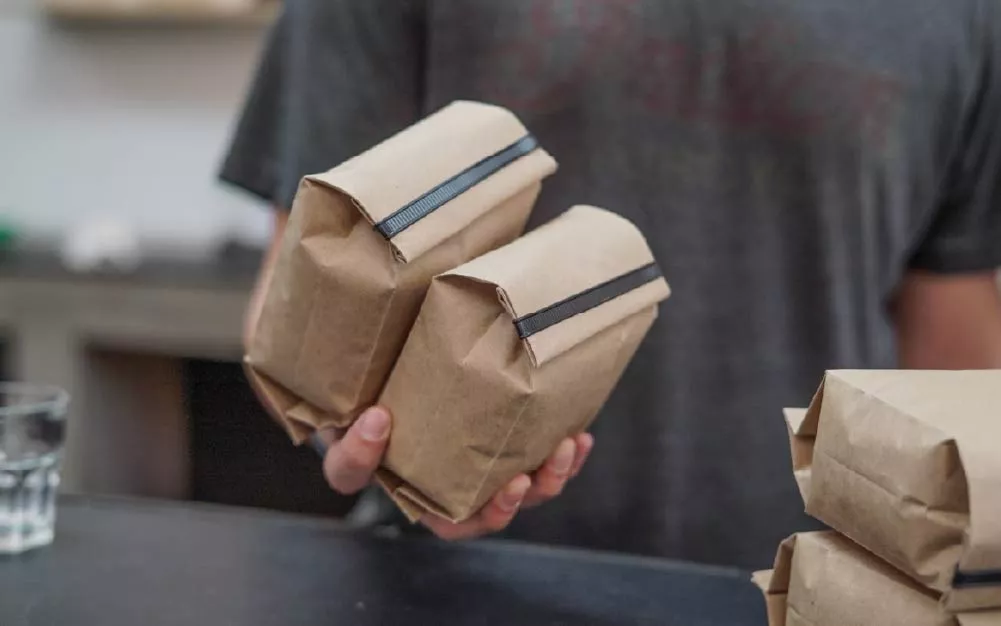- Afrikaans
- Albanian
- Amharic
- Arabic
- Armenian
- Azerbaijani
- Basque
- Belarusian
- Bengali
- Bosnian
- Bulgarian
- Catalan
- Cebuano
- chinese_simplified
- chinese_traditional
- Corsican
- Croatian
- Czech
- Danish
- Dutch
- English
- Esperanto
- Estonian
- Finnish
- French
- Frisian
- Galician
- Georgian
- German
- Greek
- Gujarati
- haitian_creole
- hausa
- hawaiian
- Hebrew
- Hindi
- Miao
- Hungarian
- Icelandic
- igbo
- Indonesian
- irish
- Italian
- Japanese
- Javanese
- Kannada
- kazakh
- Khmer
- Rwandese
- Korean
- Kurdish
- Kyrgyz
- Lao
- Latin
- Latvian
- Lithuanian
- Luxembourgish
- Macedonian
- Malgashi
- Malay
- Malayalam
- Maltese
- Maori
- Marathi
- Mongolian
- Myanmar
- Nepali
- Norwegian
- Norwegian
- Occitan
- Pashto
- Persian
- Polish
- Portuguese
- Punjabi
- Romanian
- Russian
- Samoan
- scottish-gaelic
- Serbian
- Sesotho
- Shona
- Sindhi
- Sinhala
- Slovak
- Slovenian
- Somali
- Spanish
- Sundanese
- Swahili
- Swedish
- Tagalog
- Tajik
- Tamil
- Tatar
- Telugu
- Thai
- Turkish
- Turkmen
- Ukrainian
- Urdu
- Uighur
- Uzbek
- Vietnamese
- Welsh
- Bantu
- Yiddish
- Yoruba
- Zulu
How long should cannabis be dried after harvesting for optimal quality and flavor?
How Long Do You Let Weed Dry After Harvest?
Harvesting cannabis is an exciting time for growers, but it’s crucial to understand that the work doesn’t end once the plants are cut down. One of the most critical steps following the harvest is the drying process, which can significantly impact the quality and potency of the final product. This article will explore how long you should let weed dry after harvest, the factors influencing the drying time, and the best practices to ensure an optimal drying process.
Understanding the Importance of Drying
Drying cannabis properly is essential for multiple reasons. First and foremost, it helps preserve cannabinoids and terpenes, the compounds responsible for the plant's effects and aroma. If cannabis is not dried adequately, it can lead to mold and mildew growth, which can ruin the entire batch. Furthermore, proper drying helps enhance the overall flavor and smoothness of the smoke.
Ideal Conditions for Drying
Before determining how long you should dry your weed, it’s important to create the right environment for the drying process. Factors such as temperature, humidity, air circulation, and light exposure play a vital role. The ideal conditions for drying cannabis include
- Temperature Keep the temperature between 60°F and 70°F (15°C to 21°C) to allow for slow and even drying. - Humidity Aim for a relative humidity level of 50% to 60%. This helps to prevent rapid drying, which can lead to the degradation of cannabinoids and terpenes. - Air Circulation Good airflow is essential to facilitate even drying. Consider using fans to promote airflow while avoiding directly blowing air on the plants. - Darkness Light can degrade cannabinoids, so it’s best to dry your cannabis in a dark space.
How Long to Dry?
Typically, the drying process can take anywhere from 5 to 14 days, depending on a variety of factors
how long do you let weed dry after harvest

1. Leafiness of the Buds Buds with more leaves may take longer to dry. If you decide to leave some of the sugar leaves intact during trimming, be prepared for a longer drying time. 2. Size of the Buds Larger buds typically retain moisture longer than smaller ones, which can affect how long they need to dry. 3. Drying Environment If the humidity levels are higher, it may take longer for the weed to dry, whereas a dryer environment may accelerate the process. Always monitor the environment closely. 4. Initial Moisture Content The drier the buds are at the time of hanging, the quicker they will dry.
Signs Your Cannabis is Ready
To determine whether your cannabis is adequately dried, pay attention to the following signs
- Feel The outer buds should feel dry to the touch, but the inner stems may still feel slightly moist. - Stem Snap A good indicator of dryness is when the smaller stems snap easily instead of bending. Larger stems may still be somewhat pliable. - Aroma The smell of the buds should shift from a fresh, green smell to a more pungent aroma, characteristic of cured cannabis.
Post-Drying Curing
Once your cannabis has dried for the appropriate amount of time, the next step is curing. Curing involves placing the dried buds in airtight containers such as glass jars, allowing them to undergo a process called “burping,” where you open the jars periodically to introduce fresh air. This additional step can last from a few weeks to several months and further enhances the flavor and potency of the strain.
Conclusion
Drying cannabis after harvest is a crucial step that should not be rushed. The ideal drying time usually falls between 5 to 14 days, depending on various factors such as humidity, bud size, and the environment. By taking the time to create optimal drying conditions and paying attention to the signs of readiness, you can ensure a higher quality final product. Remember, good things come to those who wait—your patience will reward you with cannabis that’s not only potent but also rich in flavor.













